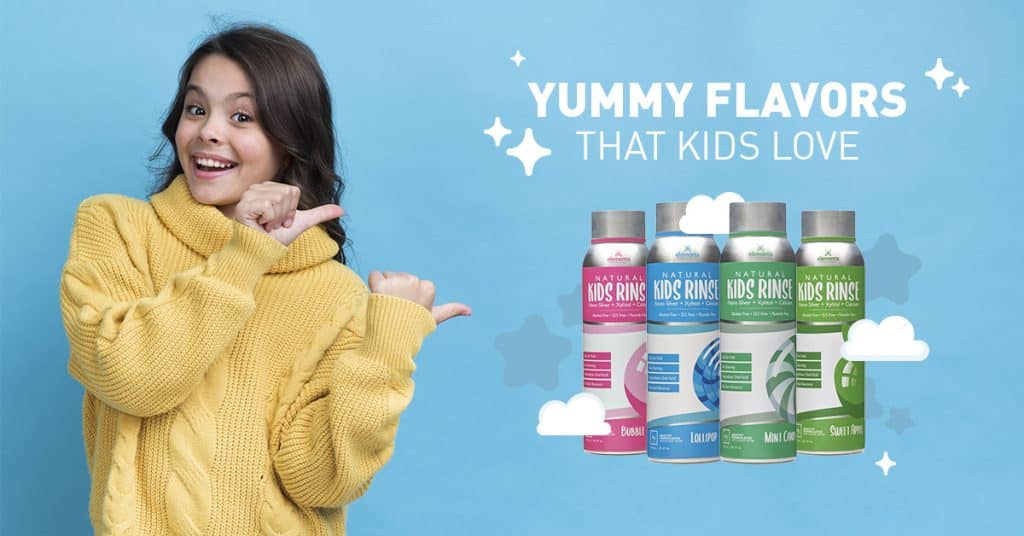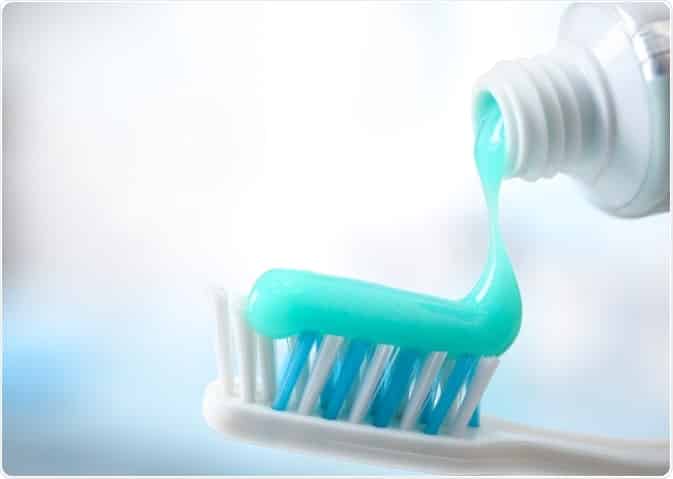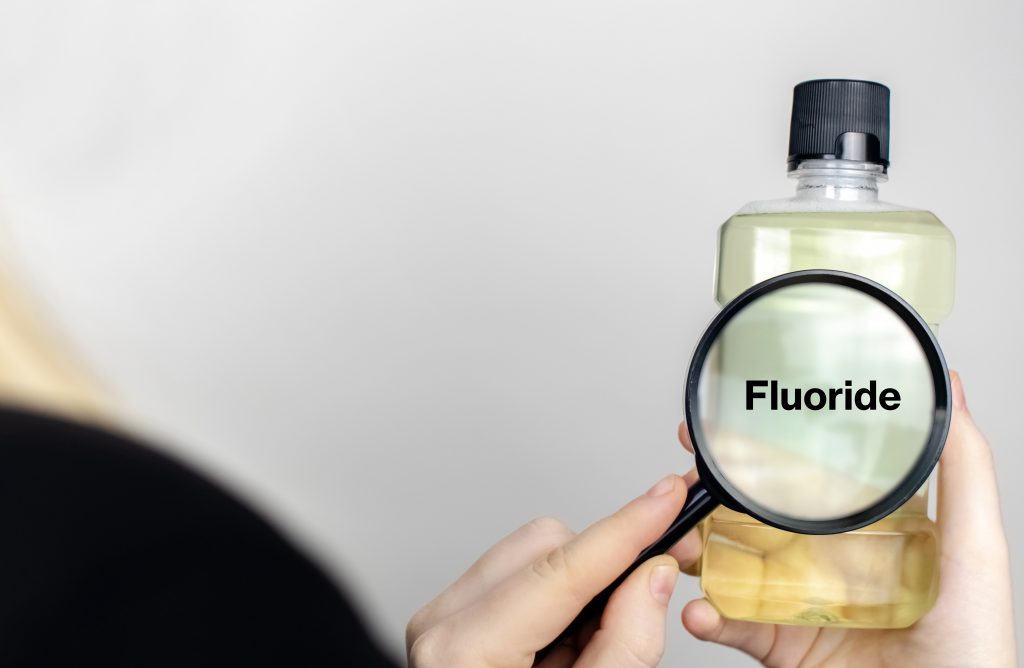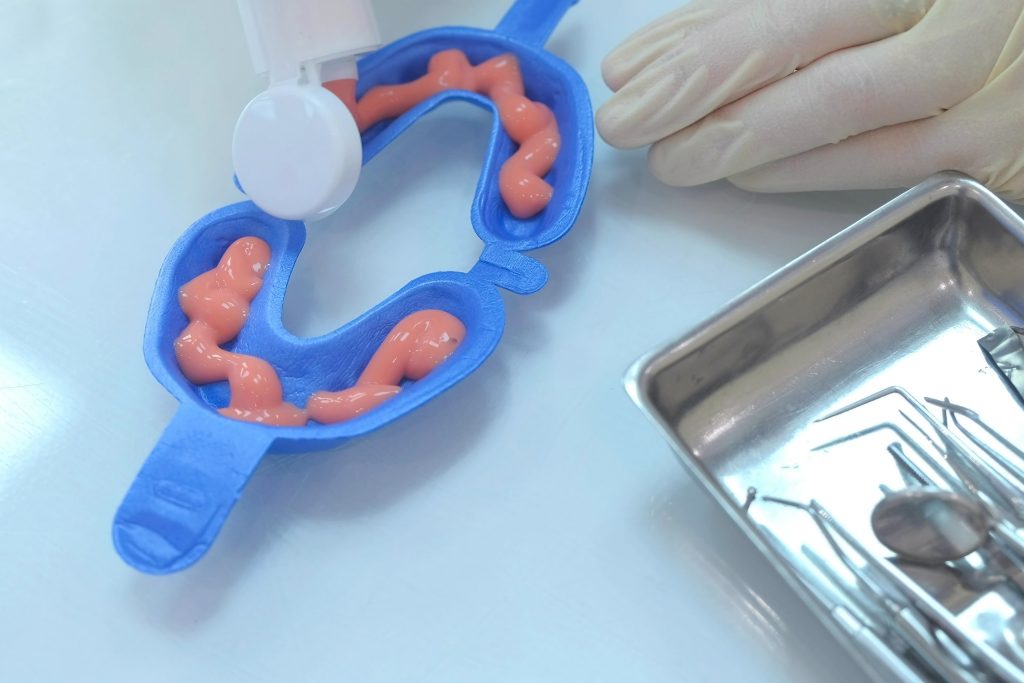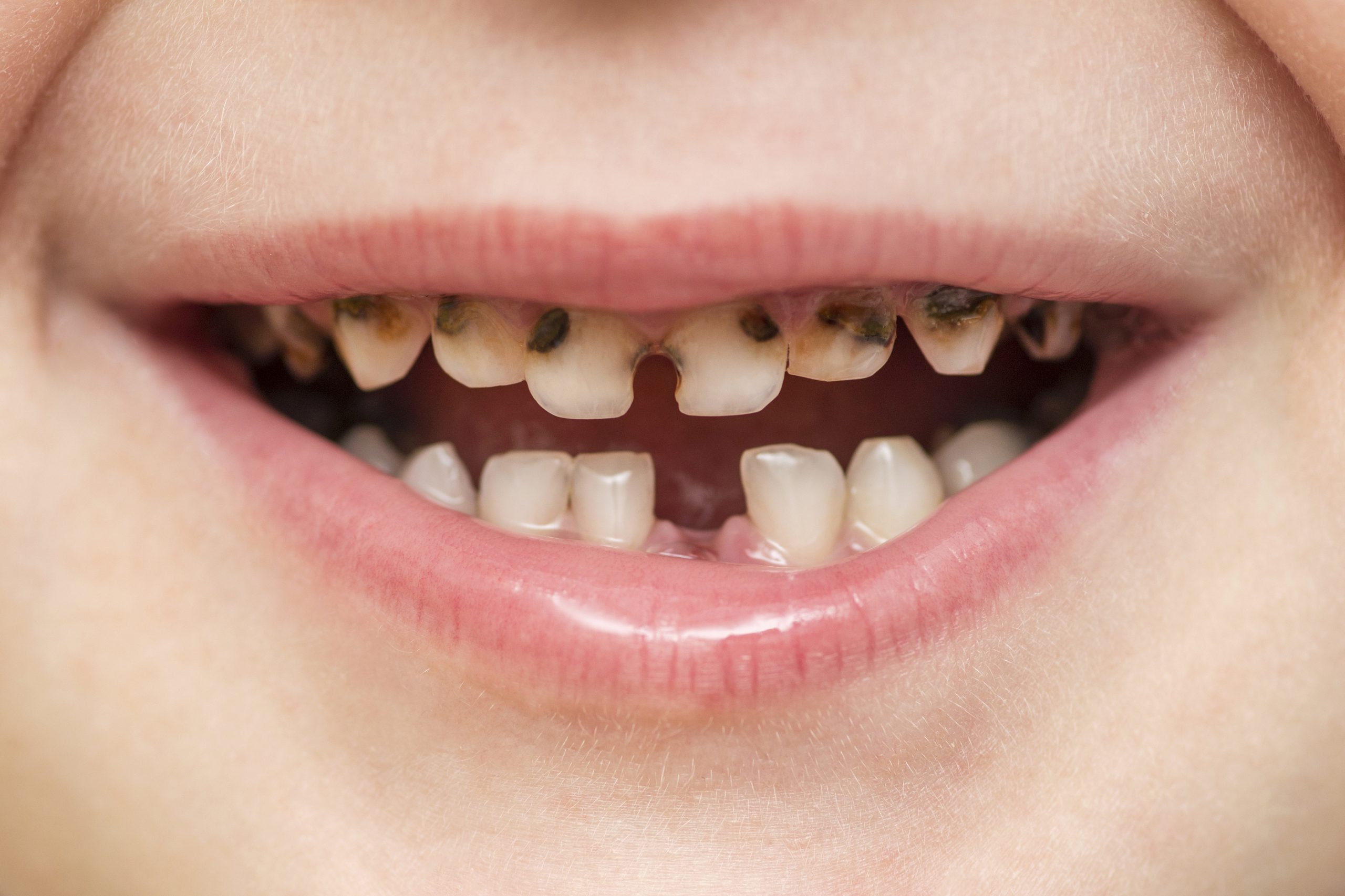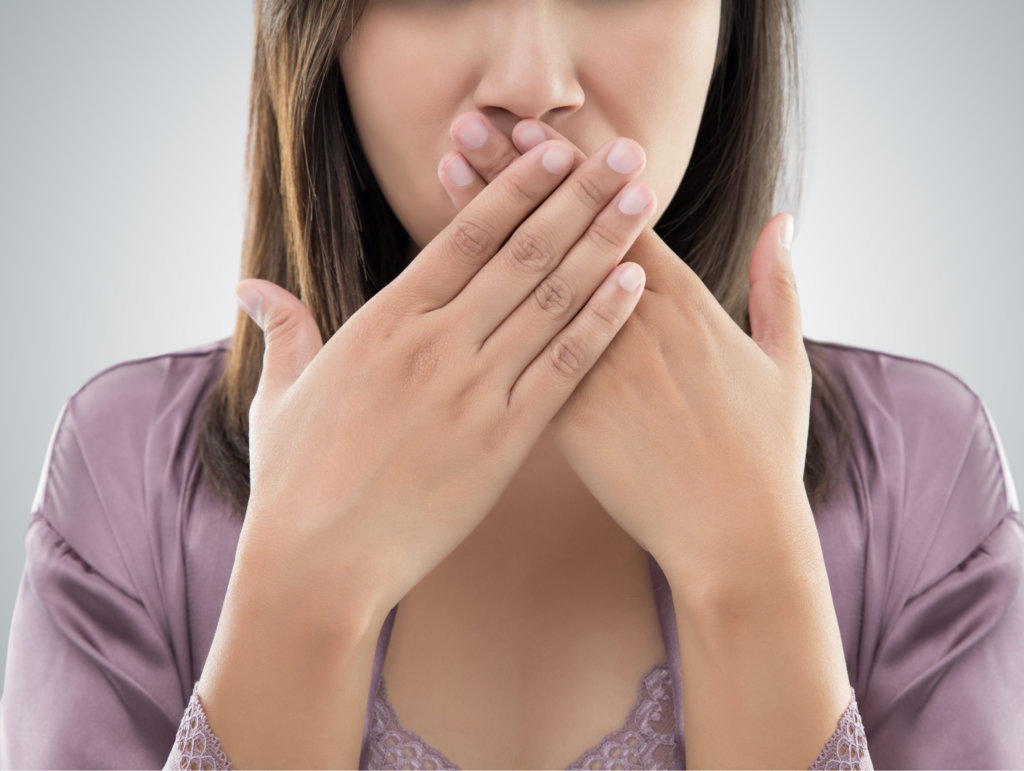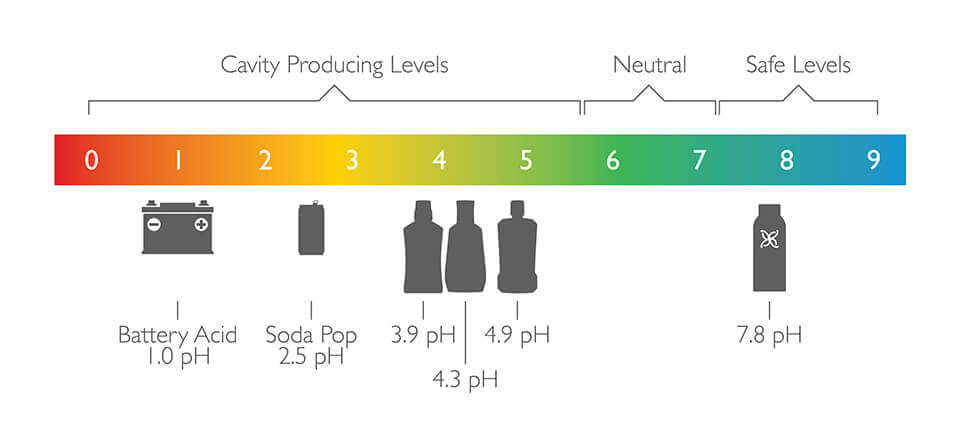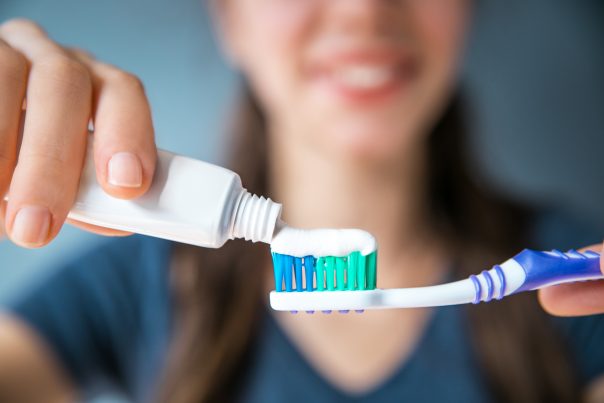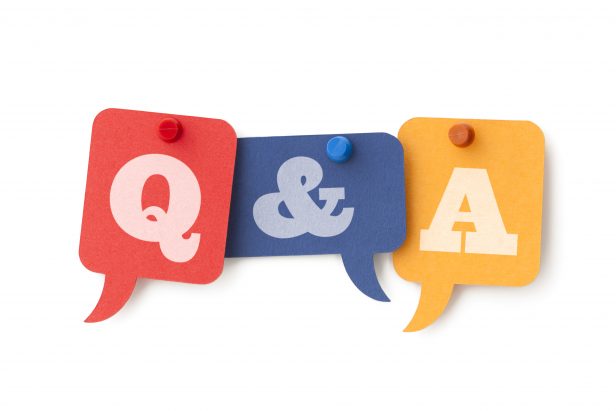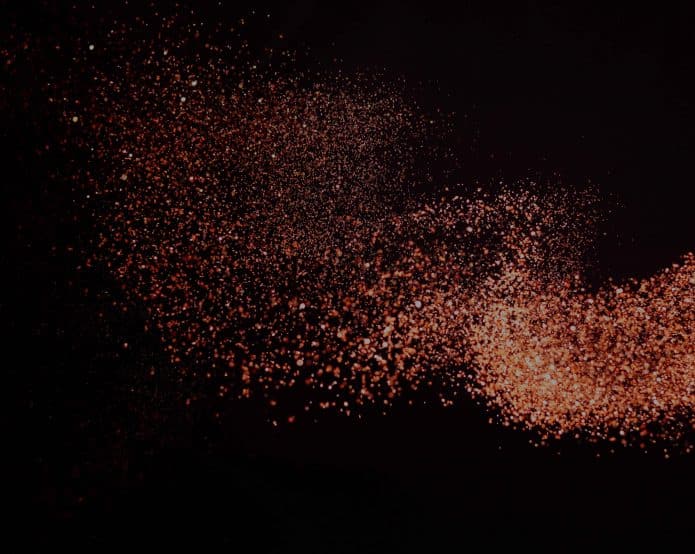What Parents Should Know About Kids Mouthwash
Parents (before dentists) should be the first people who must teach kids about the importance of oral hygiene. We all know that kids follow and copy everything that their parents do. Thus, to properly teach children about mouthwash and the importance of oral health, parents themselves must practice dental hygiene regimes.
It’s given that every parent knows the importance of proper oral hygiene for their kids, but it’s also a good idea to take a look at the specific importance and benefits that lie behind it. Here are some reasons why kids mouthwash is more important than you think.
Reasons Why Oral Hygiene is Important for Your Kids
1. Early preparation means a strong defense against severe oral diseases
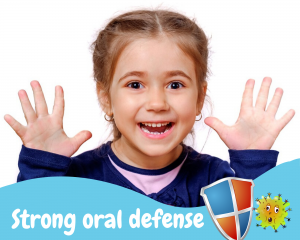
Prevention is indeed better than a cure when it comes to dental healthcare. When you teach your kids to take care of their teeth as early as possible, you establish a strong defense that would protect them against severe dental problems.
Another thing to take note is that children are still submissive with your suggestions and pointers. If you set guidelines on taking care of their teeth early on, their dental regime will turn into a habit. And if you don’t… Just imagine having to deal with teaching a stubborn teenager who refuses to brush their teeth three times a day!
2. Kids mouthwash and good oral hygiene is important for your child’s overall health
Parents should be aware that poor dental health could also affect their sleep, eating, and breathing, which in turn will have negative effects on their child’s growth and development. Think of your child’s oral health as a domino—if it falls, other aspects of their health will follow, leading to more serious complications than just a bad toothache.
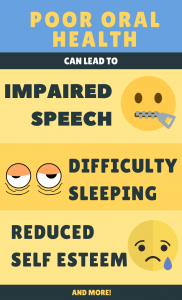
To ensure that all aspects of your child’s health are not put at risk, taking care of their teeth and mouth is a must, which is why it is so important for your kid to use a children’s mouthwash.
3. Poor dental health can affect their cognitive development
It might sound surprising at first, but poor dental hygiene can actually affect kids’ cognitive development. When your child’s poor dental hygiene is left unchecked, it can lead to toothache and other oral infections that will result in frequent school absences. As a result, it directly affects their learning and development at school.
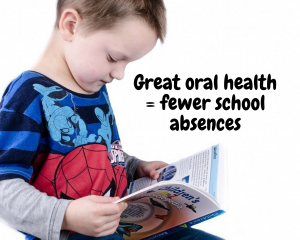
4. It can help prevent chronic medical conditions
There is a big and serious consequence of poor dental hygiene: the inevitability of chronic diseases like gum disease and cardiovascular disease. It can even lead to stroke and diabetes! These risks will not surely manifest all at once, but if kids are not taught the importance of proper dental hygiene, they would inevitably suffer from these consequences in time.
You can prevent these conditions with complete oral health hygiene. This includes:
- Regular visits to the dentist
- Brushing your teeth three times a day
- Flossing regularly
- Using the best mouthwash for kids
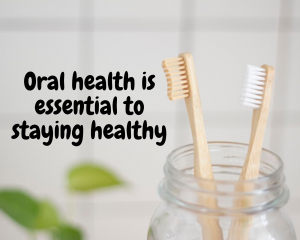
We all know that the first three are key to avoiding oral health issues, but do we really need mouthwash? While it doesn’t replace brushing or flossing, the American Dental Association recommends mouth rinses as a great addition to our daily dental routine. It serves as a tool to fight gingivitis and tooth decay, especially in those hard to reach areas in your mouth, which is another reason why it’s essential to teach your kids the importance of mouthwash.
Now the question is, can your kid use mouthwash?
How to Know if Your Kids are Ready for a Children’s Mouthwash
Maybe your kids have been nagging you about gargling that green or blue liquid atop your bathroom sink. If they have, you’ve probably told them they can’t use it yet because they’re too young. But hold on, they might be ready! The guidelines below will help you discern whether or not they can use mouth rinse, so read on.
Question #1: How old is your child?
Mouth rinses are typically recommended for children who are aged 6 years old and up. If your kids are still under age 6, the fluoride in rinses can be too harsh on their teeth. You can also opt for a kids mouthwash that uses gentler ingredients.
Question #2: What does your child use on their teeth?
Parents should also be aware that a children’s mouthwash should only be introduced if their kids are already using toothpaste and floss to clean their teeth.
Question #3: Can they swish?
Finally, the ultimate test to know if your kids are really ready for a mouth rinse is if they can swish it on their mouth and spit it out properly without swallowing it.
Swishing doesn’t come naturally, though! To properly prepare your child for mouthwash, let them swish ordinary water first, and train them to spit it out without swallowing it. Once they have perfected this, you can now introduce them to their first-ever kids mouthwash experience.
The Benefits of Kids Mouthwash
Benefit # 1 It can make brushing and flossing more effective
By using mouth rinse first, mouthwash takes away the particles that are found on our teeth when we wake up, which makes the job of brushing and flossing more easier and effective.
Benefit # 2 It can result in fresher breath
This might be the most obvious benefit that kids can see in a mouth rinse. With fresh breath, they can have better interactions with other children like playmates and classmates.
Benefit # 3 It protects your child from costly medical treatments
After being introduced to a children’s mouthwash, your kids now have 3 lines of defenses against tooth decay and other oral diseases that may lead to more serious and costly medical treatments.

The Best Mouthwash For Your Kids’ Oral Health
We at Elementa Silver value your children’s oral health as much as we value yours. It is important to have full cleaning checklist when you need move in cleaning help. With that being said, we formulated a special mouth rinse that can help maintain and improve your kids’ overall oral healthcare. Our 20 oz Kids’ Rinses utilize our state-of-the-art Nano-Silver technology to further penetrate your kids’ plaque.
This special children’s mouthwash made especially for your kids has a substance called Xylitol that can eliminate bad breath without interfering with their mouth’s natural process of producing saliva. It’s also alcohol-free, so it won’t burn or irritate your child’s mouth. Your kid gets an extra layer of protection against cavities without being harsh on their teeth and mouth, and that’s why it’s the best mouthwash for kids.
With all these benefits, we’re sure that the best thing that children will love about our mouth rinse is its 4 delicious flavors: bubble gum, lollipop, mint candy, and sweet apple flavors. Learn more about how our kids mouth rinse can help your child’s oral health.
